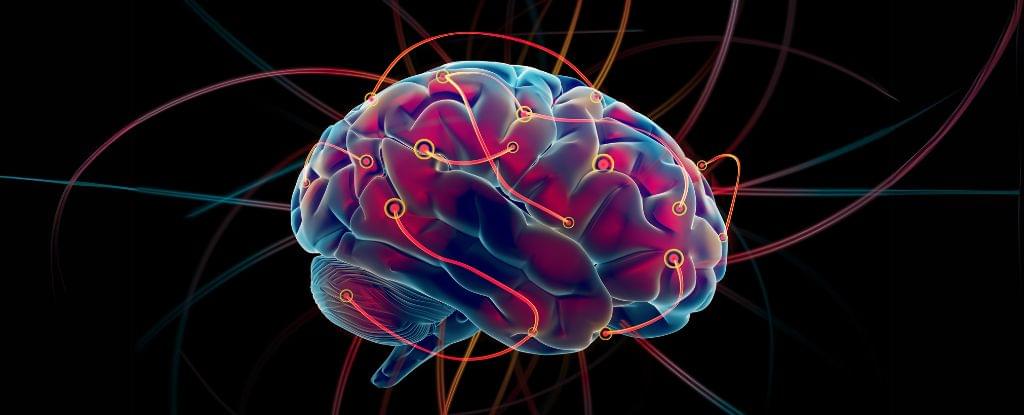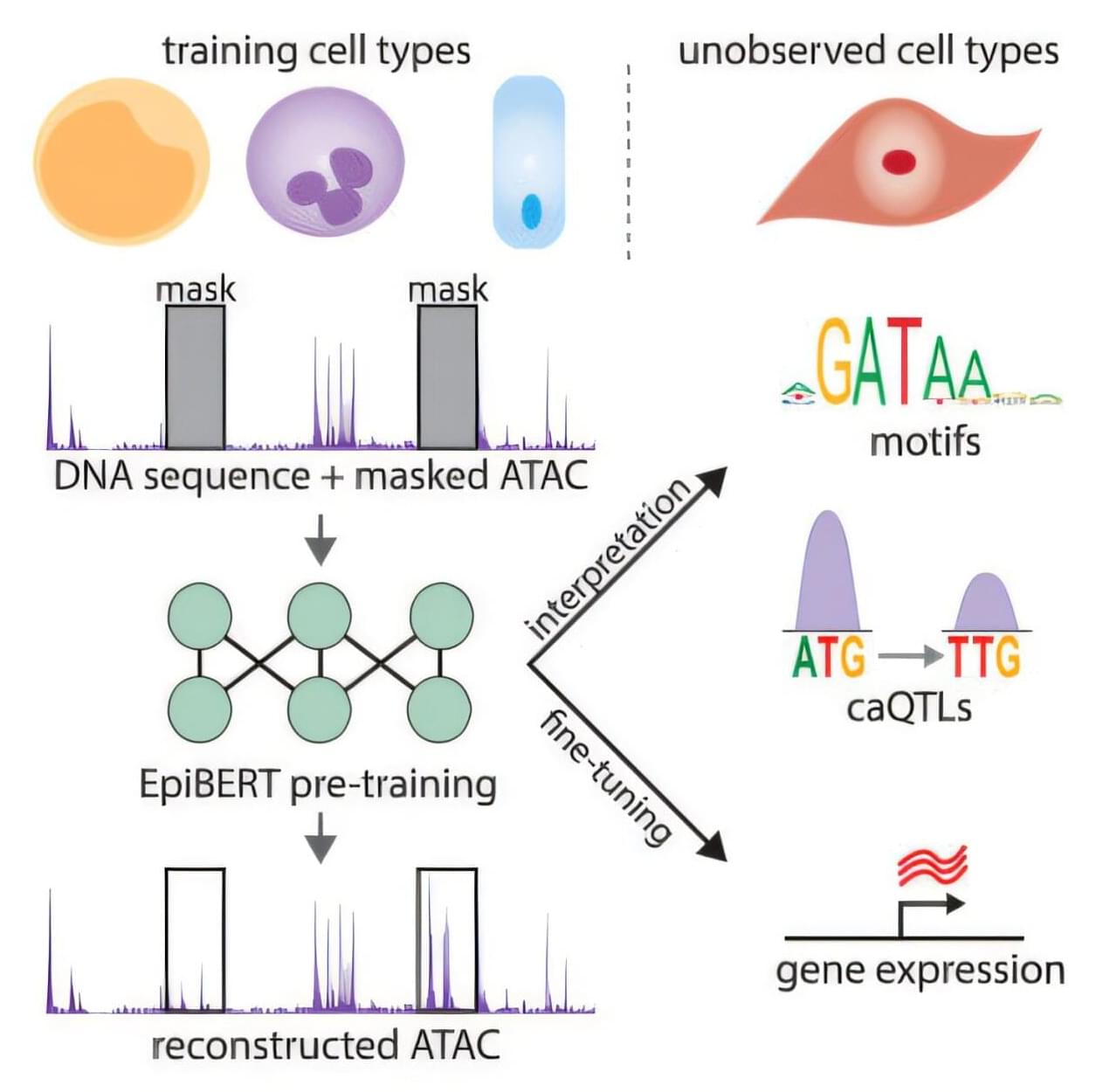Our psychological profiles provide clues to our future risk and severity of cognitive decline that may one day inform tailored prevention strategies, a new study suggests.
“The aim was to elucidate how various combinations of psychological characteristics are related to mental, cognitive and brain health,” explains University of Barcelona psychologist David Bartrés-Faz.
“To date, psychological risk and protective factors have been examined almost exclusively independently: this approach is limiting, as psychological characteristics do not exist in isolation.”








